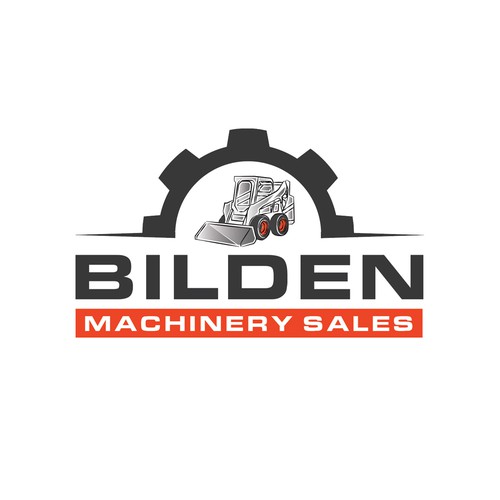An aata chakki machine, or flour mill, is a device used for grinding grains into flour, specifically wheat flour (atta) for making bread, rotis, and other Indian dishes. These machines are essential in both home kitchens and commercial settings. Here’s an overview of their features, types, and applications:

Key Features
Grinding Mechanism:
- Aata chakki machines typically use stone or steel grinding wheels to crush the grains into flour. The choice of grinding mechanism affects the texture and flavor of the flour.
- Some machines use a combination of grinding and cooling to prevent overheating, which can affect the flour quality.
Adjustable Grind Size:
- Most machines allow users to adjust the fineness of the flour, from coarse to fine, depending on the intended use.
Capacity:
- Available in various sizes, from small domestic models that can grind a few kilograms at a time to large commercial units capable of handling hundreds of kilograms.
Ease of Use:
- Modern aata chakki machines are often designed for user-friendliness, with features like automatic feed and simple controls.
Safety Features:
- Many models come equipped with safety features to prevent overheating and ensure safe operation.
Types of Aata Chakki Machines
Stone Flour Mill:
- Traditional design, often preferred for its ability to produce a finer flour with a richer flavor.
Steel Flour Mill:
- More modern and often faster than stone mills. They are easier to clean and maintain but can produce a slightly different texture.
Tabletop Models:
- Compact and suitable for home use, allowing for easy storage and operation in smaller kitchens.
Commercial Mills:
- Larger and more robust machines designed for bulk processing, often found in flour mills or bakeries.
Applications
- Home Use: Ideal for families looking to make fresh flour for daily cooking.
- Commercial Use: Commonly used by bakeries, restaurants, and food processing units to ensure a steady supply of fresh flour.
Advantages
- Freshness: Grinding grains at home or in a local mill ensures the flour is fresh and retains its nutrients.
- Control Over Ingredients: Users can choose the grains and blend them as desired, avoiding additives or preservatives found in store-bought flour.
- Cost-Effective: Buying whole grains and grinding them can be more economical than purchasing pre-ground flour.
Maintenance
To ensure optimal performance, regular maintenance is essential, which may include:
- Cleaning the grinding stones or blades to prevent contamination.
- Inspecting for wear and tear on components.
- Lubricating moving parts as needed.





